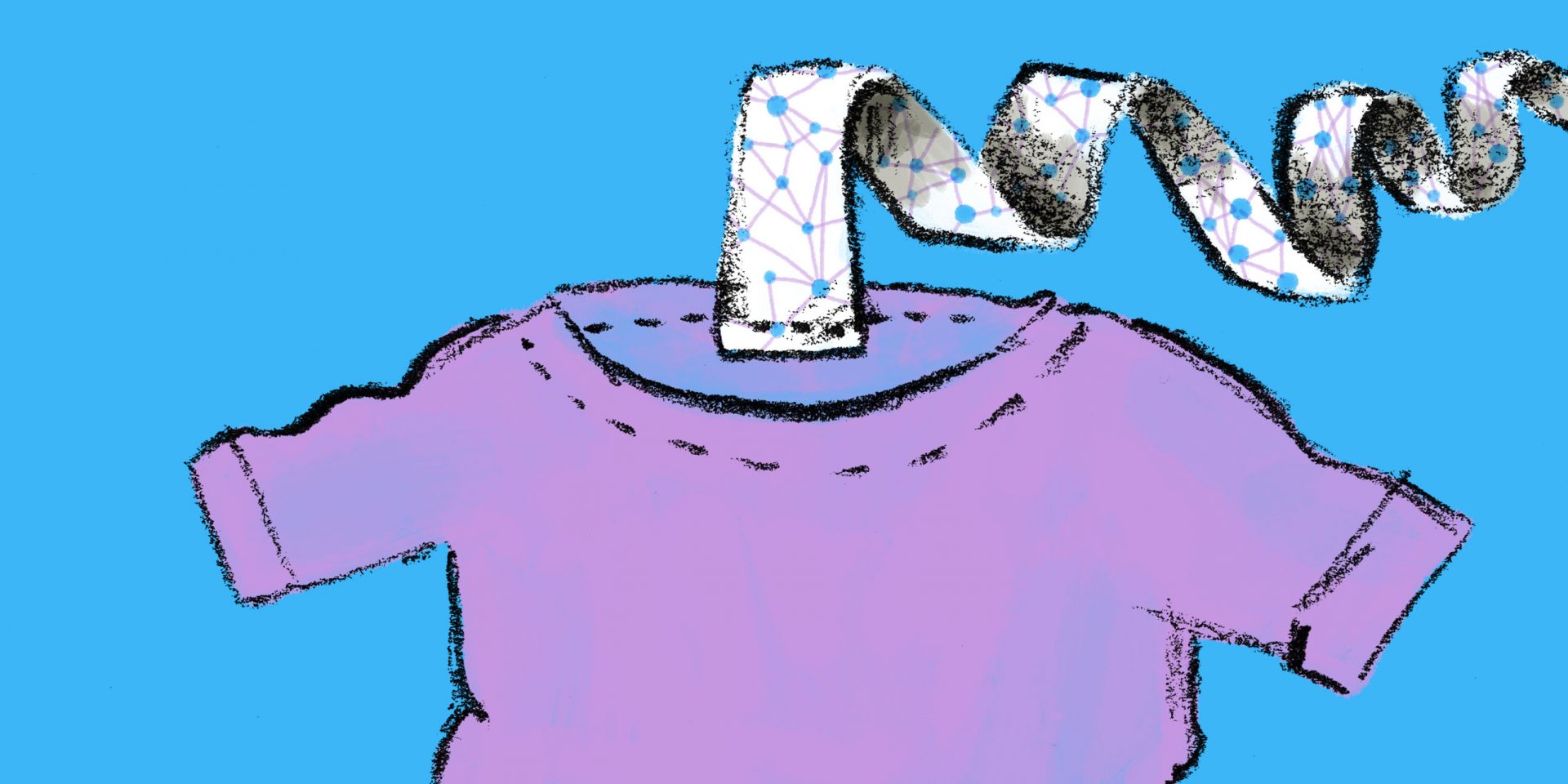
" What if we would treat supply chains as sentient beings and all stakeholders would feed insights and questions into the larger web, allowing it to adapt and evolve?"
The need is more pressing than ever for data, knowledge and learning to help guide meaningful action in today’s garment supply chains, which are more sprawling and faster paced than ever.
While we can say with a fair amount of certainty that audits did not lead to the kind of meaningful change their creators had hoped, what kind of information would catalyse such change? And when does collecting more data and knowledge become counterproductive? We already know a lot about what’s not working, so maybe we should just act on what we know? Is the quest for transparency a red herring, distracting us from doing what needs to be done?
Consider for a moment that a supply chain is a living organism: perhaps a giant octopus with tentacles across continents, or one of those massive fungi with a worldwide mycelium network and mushroom heads popping up in different countries. If that organism wants to survive, it needs to be fully aware of, and adapt to, its environment. But if it lacks the senses and sense making capacity to fully understand and respond to its environment, it will meet an untimely end. Similarly, an uninformed – or inadequately informed – supply chain cannot sustain itself or live up to its potential.
- This thread explores the data, knowledge, and learning processes that would enable garment supply chains to understand and respond effectively to their environments. We seek to answer questions, such as:
- What kind of information is being collected in garment supply chains at the moment?
- Is this information the kind we need in order to develop supply chains that can address the very problems to which they currently contribute (e.g. workplace violations and environmental degradation)? If not, what information is?
- And how do we ensure that the information needed reaches those who have the power to act on it?
- Would it help if decision makers who are removed from production areas (such as designers and procurement staff) could experience more directly the impacts of their decisions?
- How can garment chains sense into the future, while keeping track of insights from shared experience?
- What role does technology play – both in terms of potential and risk?
